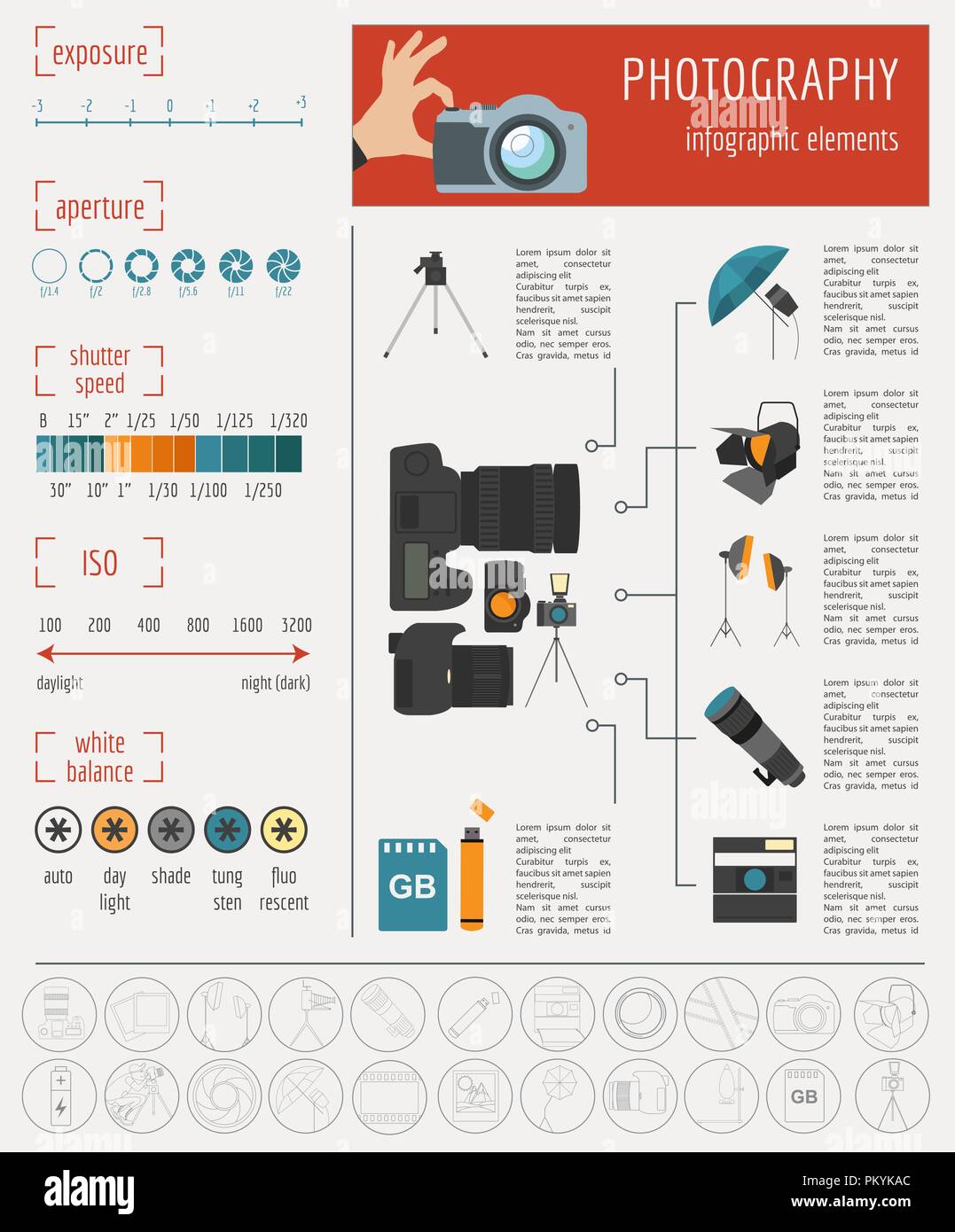The Relevance Of Lights In Photography And How To Master It
The Relevance Of Lights In Photography And How To Master It
Blog Article
Content Written By-Duncan Gray
When you grab your electronic camera, you might not recognize just how critical lighting is in shaping your photos. It can transform an average scene into something phenomenal, impacting not just the clarity but additionally the mood of your photos. Understanding the intricacies of light-- its direction, top quality, and color-- can elevate your work to new heights. Yet exactly how do you master these elements successfully? Discovering different lights methods and explore various arrangements could be the key to unlocking your complete possibility as a photographer. Let's explore what makes light not simply required, however essential.
The Function of Light in Photography
Light's influence on digital photography can't be overstated; it shapes the mood, highlights information, and develops deepness in your images. When you get your video camera, think of exactly how light connects with your topic. The instructions and top quality of light can either improve or reduce the elements you want to capture.
For example, soft, diffused light can produce a fanciful environment, while rough, direct light can produce plain contrasts and sharp darkness.
As you experiment, notice exactly how different times of day influence your shots. Morning and late afternoon usually offer one of the most flattering light, called the "gold hour." This warm light can produce spectacular impacts that draw customers in.
On the other hand, shooting at noon can bring about uncomplimentary darkness, so keep that in mind.
Furthermore, consider the shade of light. All-natural light differs throughout the day, and synthetic lights can introduce various hues to your scenes.
Readjusting your white balance can help you attain the wanted effect. Ultimately, recognizing the role of light will change your photography, permitting you to tell stories and evoke emotions with every picture you catch.
Kinds Of Illumination Techniques
Frequently, professional photographers rely upon numerous lights methods to achieve their wanted impacts and enhance their images. Recognizing these techniques allows you to manipulate light creatively, making a considerable distinction in your photography.
One preferred method is all-natural lights, where you make use of sunlight to brighten your topic. This strategy can produce soft, lovely shadows and highlights, particularly during the golden hour-- shortly after sunrise or prior to sunset.
Another technique is the use of artificial lights, that includes studio lights, speedlights, or LED panels. You can regulate the intensity and direction of the light, allowing for extra precise outcomes.
Backlighting is one more effective approach; putting the light behind your topic can develop a striking shape or highlight sides, including deepness to your pictures.
http://arden411haywood.xtgem.com/__xt_blog/__xtblog_entry/__xtblog_entry/37568341-comparing-popular-cameras-which-one-is-best-for-you?__xtblog_block_id=1#xt_blog might additionally check out high-key and low-key illumination styles. High-key illumination generates intense, evenly lit images with very little darkness, while low-key lighting stresses comparison and dramatization with deep darkness.
Each technique has its staminas, and experimenting with them will assist you find your special style.
Tips for Learning Lighting
Understanding illumination can truly change your photography, so it's important to get an understanding on some practical tips.
First, always focus on the instructions of light. Light originating from the side can create deepness, while front lights tends to flatten your subject. Try out backlighting for dramatic shapes or to highlight textures.
Next off, take into consideration the top quality of light. Soft, diffused light is frequently much more complementary, specifically for portraits. You can attain this by shooting throughout gold hour or utilizing reflectors and diffusers to soften harsh sunlight.
Don't undervalue the power of darkness! They can include intrigue and measurement to your pictures. Try positioning your topic in such a way that enables darkness to boost the composition.
Also, change your cam setups appropriately. Use a broader aperture for more light in reduced problems, yet be mindful of depth of area.
Ultimately, method makes ideal. Take your cam out in numerous illumination problems and experiment. The more you play with light, the far better you'll comprehend exactly how to use it to your benefit.
Master these suggestions, and you'll elevate your digital photography to brand-new heights!
Verdict
Understanding lights is crucial for boosting your photography. By understanding just how light impacts your images, you can develop sensational compositions that communicate mood and depth. Trying out different techniques and problems, and do not avoid making use of devices like reflectors and diffusers to boost your shots. With https://grbj.com/news/arts-entertainment/photo-entrepreneur-looks-to-the-future-with-loan/ and a readiness to learn, you'll discover that manipulating light comes to be second nature, permitting your creativity to beam through in every photograph you take.
